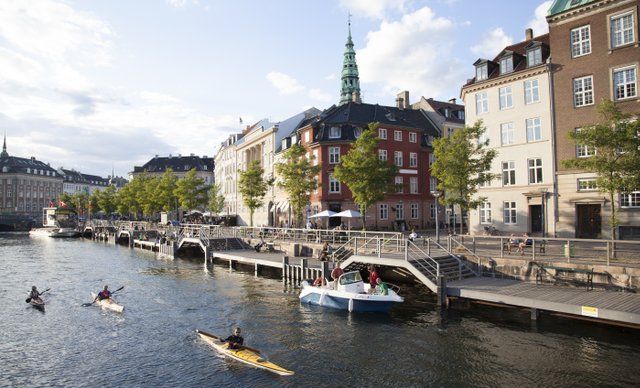Danish researchers from the Niels Bohr Institute at the University of Copenhagen and the Technical University of Denmark (DTU) are among a team working on a machine that in six years time will produce oxygen on Mars as a step to paving the way for humankind’s exploration of the Red Planet.
Morten Bo Madsen leads the Mars group at the Niels Bohr Institute that is working on the technology for the Mars 2020 mission. “We are building a little instrument that will produce oxygen on Mars,” he told Videnskab.dk.
“It will act as a prototype for a much bigger plant that will provide astronauts with oxygen sometime in the future.”
Reverse fuel cell
The project is known as MOXIE (Mars oxygen in situ resource utilisation experiment) and will use as its starting point the plentiful CO2 in the Martian atmosphere. “MOXIE works as a kind of reverse fuel cell,” Madsen explained.
“A fuel cell produces energy by getting hydrogen and oxygen to combine to make water. Here we instead use energy to extract an oxygen atom from CO2.”
The energy for the process will come from a generator that produces electricity from the heat produced from radioactive plutonium.
The MOXIE machine will be ready for testing and calibration on Earth. In 2020 the equipment will be sent to Mars, and it should be operational in situ in 2021.















